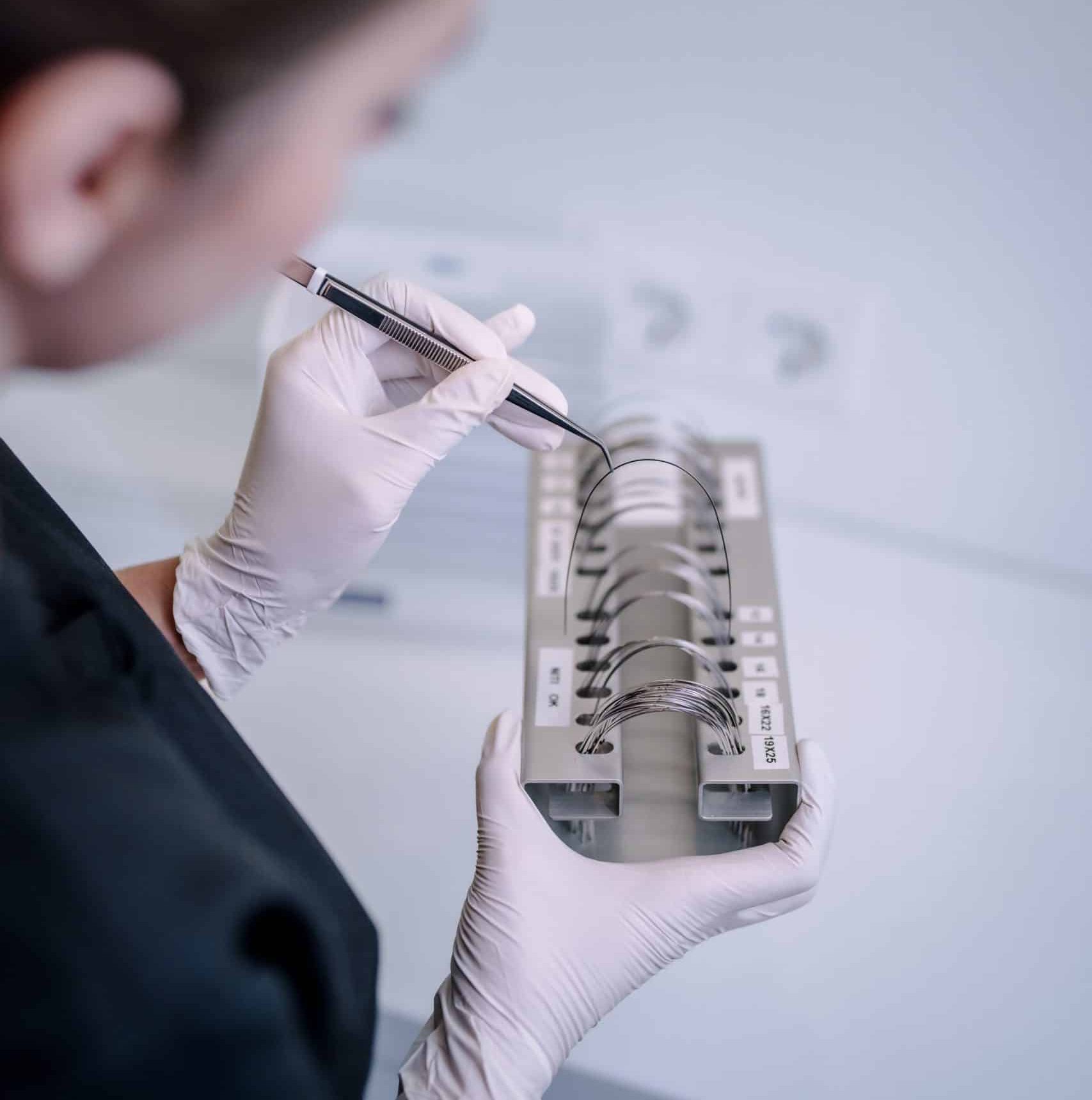For children between eight and fourteen, the position of the jaw can be corrected using orthodontic headgear. This means the jaws will fit together better, and space is made for all the teeth and molars in the upper jaw. This orthodontic treatment takes on average two to four years and is often combined with other braces, This page contains more information about this type of orthodontic treatment at dental practice Lassus Tandartsen.
When do we recommend orthodontic headgear?
When there is not enough space for all the teeth in the upper jaw, orthodontic headgear creates more space to fit all the teeth and molars. This prevents the need for extractions at a later time, when all the teeth and molars come through. Orthodontic headgear is also suitable for correction of an overbite, which then creates a more uniform face and profile. It also improves the chewing function, because the lower and upper jaws are better aligned.
What does orthodontic headgear look like?
Orthodontic headgear consists of a neck strap, braces and rings around the large molars in the upper jaw. The brace is slotted into small tubes attached to the rings to keep it in place. Outside of the mouth, the brace is connected to a neck strap that applies pressure to the upper jaw. The neck strap contains a safety system that separates in case there is a sudden hard pull on the brace.
Cost of orthodontic headgear
As part of the initial consultation, the dentist can give you more information about the cost of orthodontic headgear. As well as the purchase costs, the duration of the entire treatment plays a role in the total price of orthodontic headgear: the longer your child wears the orthodontic headgear, the more check-ups are needed. Prior to the treatment, the dentist will always create a personal treatment plan for your child, and you will be given a budget and indication of costs. Please bear in mind that the effectiveness of the treatment depends on the number of hours your child wears the brace every day.
Treatment progression
Before the brace is fitted, there will always be an initial consultation where you are given more information about the costs and the treatment. After this appointment, you will visit with your child to have X-rays/photos done, as well as a plaster cast. We will then make an appointment to discuss the treatment plan. The brace will be fitted during the appointment after that, and your child will be invited for a check-up every four to six weeks from then on. The check-ups are used to monitor the progress, and the brace is readjusted.
Pain during treatment
Before the brace is fitted, it is often necessary to place elastic band between the molars to make some room around these teeth. This is uncomfortable for many children, but it is not painful. Luckily, this eases after a few days, and the rings can be slipped around the molars easily. There is often more sensitivity for a few days after check-ups, because the brace has been tightened.
Wearing orthodontic headgear
To achieve the best result, it is important that the orthodontic headgear is worn for at least 16 hours a day. For children, this usually means the wear the brace outside of school hours. The brace is also worn when sleeping, and is only removed for eating, brushing teeth, and playing sports. If your child has not worn the brace for 16 hours one day, it is best to make up the hours over another day.
Orthodontic headgear and brushing teeth
It is important to brush the molars and rings properly. This is because plaque forms in these spots. Of course, we will give you full instructions on how to keep your brace clean. Use interdental brushes if the molars are difficult to reach. The brace itself should be cleaned every day using a flannel, water and soap. The neck strap can be cleaned in the washing machine every now and then. We will explain how best to do this. For example, it is important you remove the module first.
